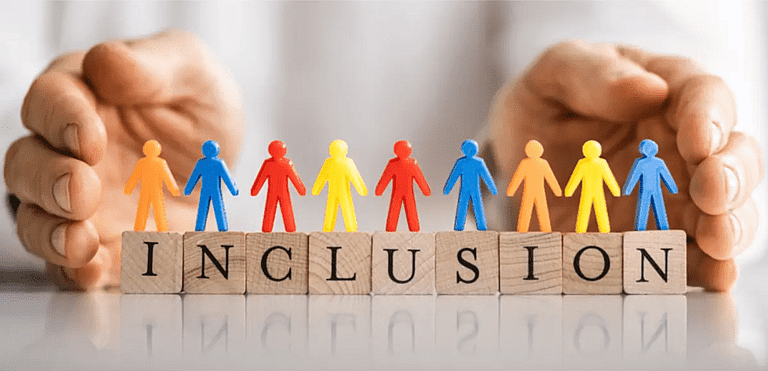Employee experience defines the overall inclusiveness of the corporate culture. However, creating an inclusive environment where diverse perspectives thrive is a challenge for every workplace.
A well-designed recognition system should build and sustain this inclusive office environment. At first glance, this high-minded goal seems counterintuitive since recognition usually singles out top performers. So, how can such programs be inclusive?
First, recognition programs characterize our culture and help define it. Who and what we support identifies what we value and influences employee behavior and job performance.
If recognition remains objective and uniformly applied, employees will perceive the attempts at fairness and strive for similar recognition. Conversely, recognition that rewards behavior contrary to corporate values diminishes the organization’s desired sense of inclusion. The results will be dissatisfaction, adverse employee behaviors, and turnover.
Here are actions an employer can take to ensure recognition achieves inclusionary goals:
- Considering feedback from all entities with legitimate input creates 360-degree (fully inclusive) recognition.
- Providing recognition that is open to all workers.
- Training about the parameters (what, when, and how) of recognizing an employee. Monitoring will ensure that everyone follows program policies.
- Using unbiased data to measure performance guarantees fair results.
- Recognizing excellent performance promptly – six months after the fact proves less effective than immediate acknowledgment. Informal, immediate, and ongoing recognition is critical.
Recognition programs are extrinsic. That is, the reward comes from outside the individual. However, an inclusionary business culture should also offer tasks and relationships with intrinsic rewards.
The following factors will determine if the office culture motivates employees to excel:
- Do employees identify with their work output? Can they point to the results of their labor and say, “I did that”?
- Is there a line of vision to corporate goals? Do employees understand why their job is essential and how they contribute to corporate success?
- Do jobs provide a sense of autonomy so that employees can take ownership of and pride in their accomplishments?
- Does the work challenge and motivate employees to excel?
- Does the workplace address social needs and create a sense of belonging and fellowship?
Here are some tips to help design an inclusive recognition system:
- Realize that recognition doesn’t have to be a one-size-fits-all proposition. Different employees contribute in different ways.
- Guard against unintentional consequences. Rewarding results without considering the underlying behaviors can be counterproductive. For example, recognizing the productivity of hourly employees who take work home without requesting compensation rewards behavior that violates labor laws.
- Customize recognition practices. For example, employees from collectivist cultures may dislike public recognition and prefer private praise.
Enhancing corporate culture to align with the principles above does not happen overnight. Change must start at the top. Consistent reinforcement is also vital.
Since insincerity and lip service will derail efforts toward inclusivity, every level of the organization must work together to ensure positive change occurs.




